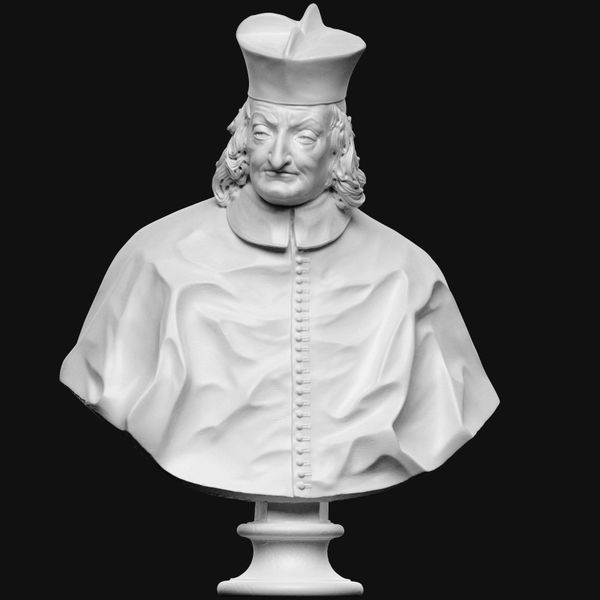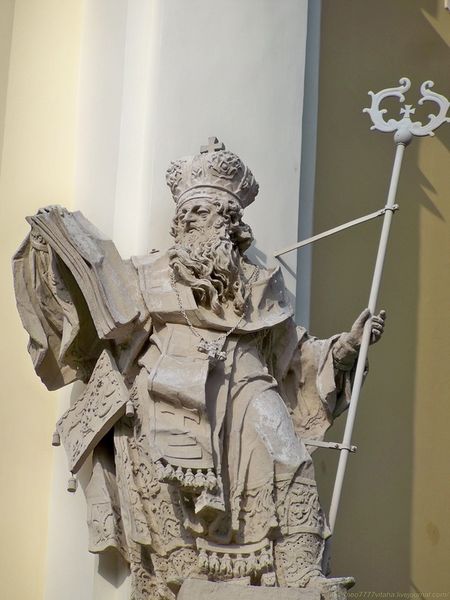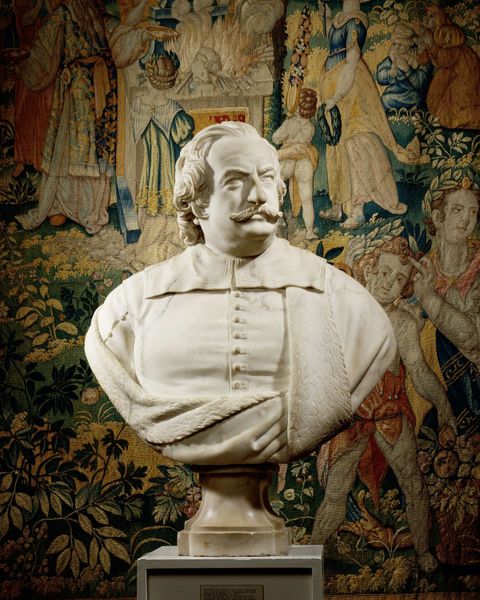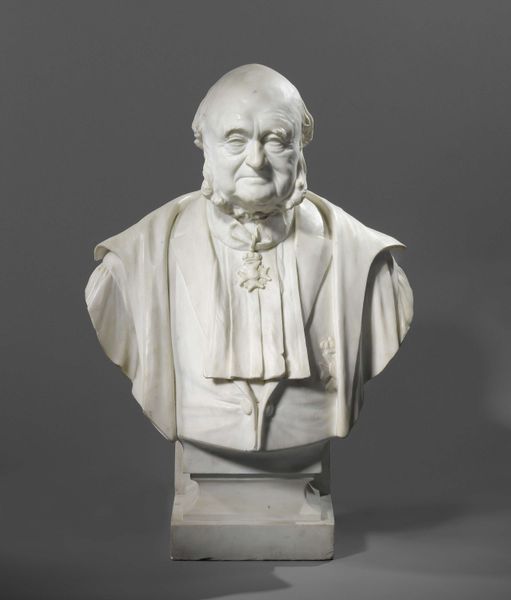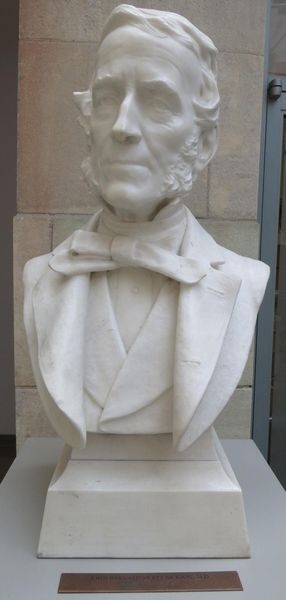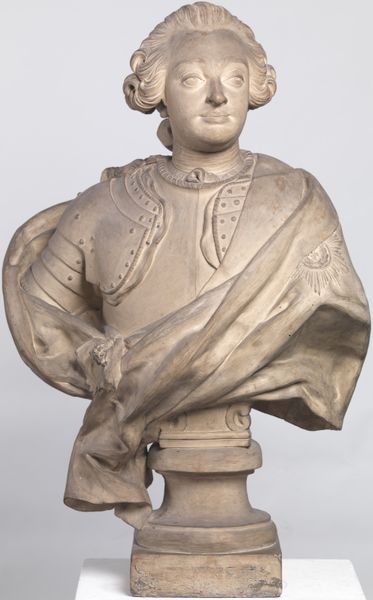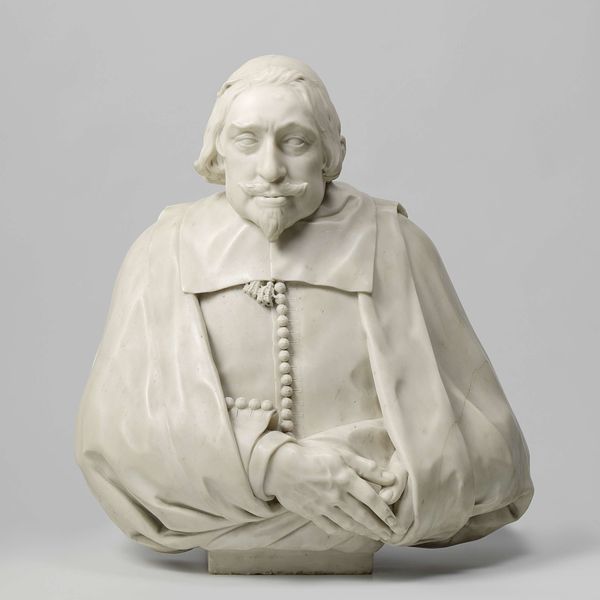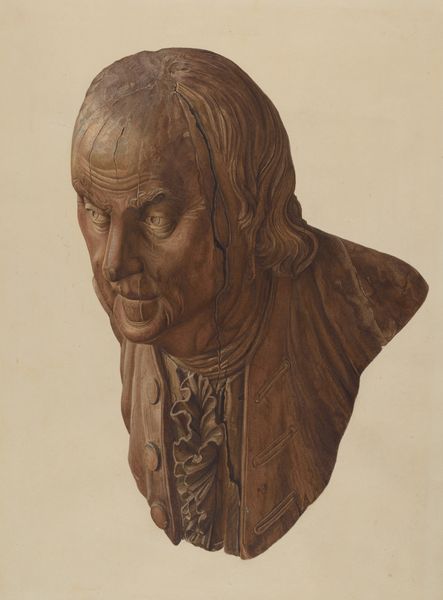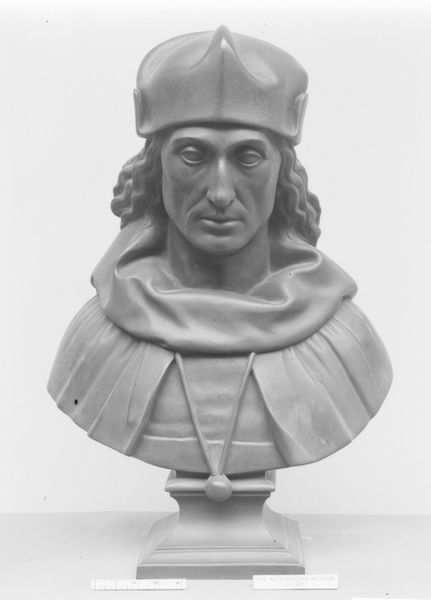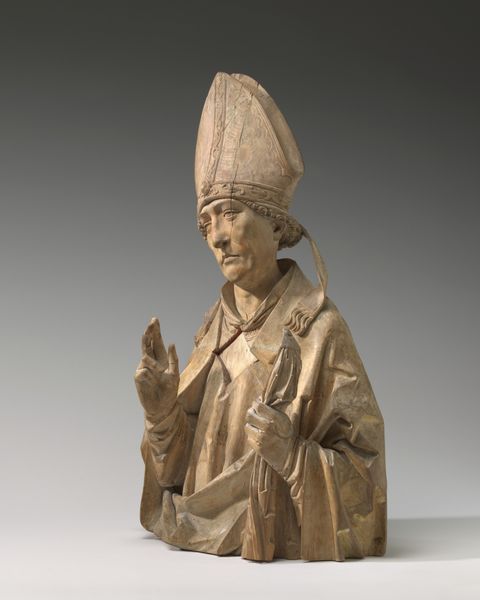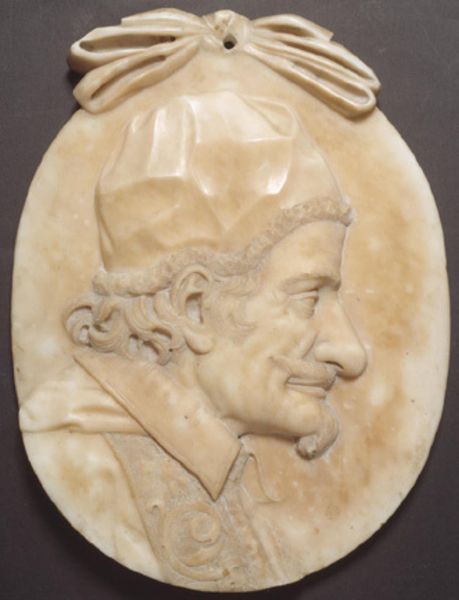
sculpture, marble
#
portrait
#
baroque
#
sculpture
#
sculptural image
#
sculpture
#
history-painting
#
decorative-art
#
marble
Dimensions: Height: 39 in. (99.1 cm)
Copyright: Public Domain
Curator: Standing before us is a marble sculpture, "Cardinal Raimondo Capizucchi," crafted by Domenico Guidi between 1676 and 1696. It resides here at the Metropolitan Museum of Art. What strikes you initially about it? Editor: The whiteness of it! A stark, cool white that almost mutes the formidable presence implied by the Cardinal’s vestments. It’s regal, yet feels incredibly subdued. Curator: Subdued is an interesting descriptor. Let’s consider the Baroque context. While often associated with exuberance, here we see restraint, a conscious effort to convey power through composure. The choice of marble itself signals wealth, influence, and access to skilled labor. Think of the quarries, the workshops... a whole economy supporting works like this. Editor: It makes me think of the hands involved in its creation, of course. All those tiny chisels! It’s easy to forget the physical effort needed to bring stone to life. There is almost something tragic about all that labour, even given its grandeur. Curator: The level of detail is indeed remarkable—the subtle folds of the Cardinal’s garments, the individualized features of his face. Guidi clearly aimed to immortalize Capizucchi, capturing both his likeness and his status. The buttons appear uniform, functional, despite their execution in fine marble. Editor: Right. The button details invite you in to appreciate the human detail that can be added even in marble sculpture. It draws a quiet man into focus. He wasn't flashy. Curator: A powerful commentary through material. Consider that marble—expensive, labor-intensive—was deliberately chosen to render such austere details. It's a potent contradiction. The commission itself reinforces established hierarchies, placing both the patron and artist within a specific network of power relations. Editor: Yes, now seeing it like that makes it less an object, and more of a story in stone! It’s compelling to think about where the stone was sourced from, the artist, and even all the people needed to produce and display such a grandiose object. Curator: It layers significance through skillful artistry and its situated position within socio-economic realities. Editor: Absolutely. It makes you want to reconsider all portraiture in that lens.
Comments
No comments
Be the first to comment and join the conversation on the ultimate creative platform.
